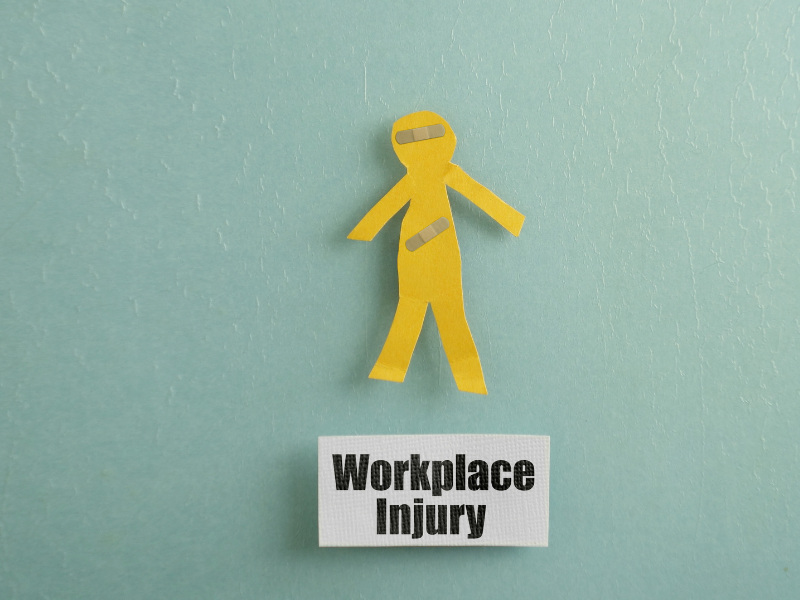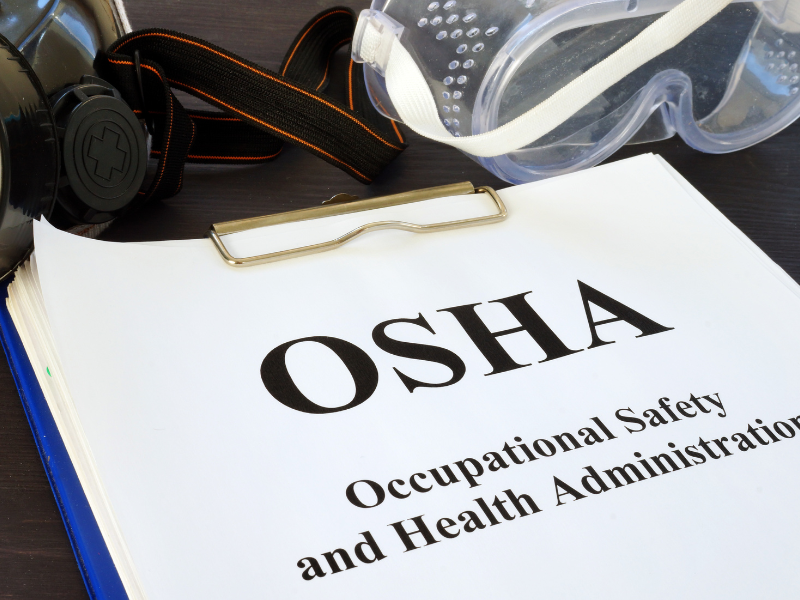Completing the OSHA 300 Form is an important requirement of the Occupational Safety and Health Administration (OSHA). We will walk you through the basics of this form, including its definition, purpose, filling instructions, and deadlines.
Table of Contents

What Is the OSHA 300 Form?
The OSHA 300 form is the Log of Work-Related Injuries and Illnesses required by the OSHA under the U.S. Department of Labor. According to OSHA Forms for Recording, it is used to “classify work-related injuries and illnesses and to note the extent and severity of each case.”
Let’s say you have an employee who sustains an injury while operating machinery in your factory. The OSHA 300 log would be needed to record details about the injury, such as the date of the incident, the nature of the incident, the employee’s job title, and the days away from work or restricted duty that resulted from the injury.
What Is the Purpose of the OSHA 300 Form?
OSHA Form 300 documents the incident and other work-related injuries and illnesses throughout the year. It helps you keep track of workplace incidents and trends, identifying areas for improvement in safety protocols. If OSHA inspects your workplace, it may request to review the OSHA 300 log to evaluate if your establishment complies with workplace safety regulations.

Who Needs to Complete the OSHA 300 Form?
OSHA requires establishments with more than 10 employees in certain industries to submit OSHA 300 forms throughout the calendar year. You can view a full list of industries that should complete the form on OSHA’s Industries Covered by Recordkeeping Rule. Additionally, all establishments with any workplace incidents that result in death, in-patient hospitalization, amputation, or loss of eyes should complete the OSHA 300 form regardless of their size or industry.
The following establishments are partially exempt from filling OSHA 300 forms unless a workplace incident described above happens:
- Your establishment has 10 or fewer employees throughout the last calendar year.
- Your establishment falls under OSHA’s Partially Exempt Industries.
- The OSHA, the Bureau of Labor Statistics (BLS), or a state agency under the OSHA or the BLS asks you to submit the OSHA 300 form in writing.
OSHA 300 Form Instructions
1. Record workplace illnesses and injuries.
Read the instructions carefully before filling out the OSHA 300 form. Make sure to identify whether the incident is an illness or injury. Examples of workplace illnesses include skin diseases or disorders, respiratory conditions, hearing loss, poisoning, and others. Workplace injuries are any wound or damage to the body because of work-related events or environments. Examples of these are cuts, punctures, bruises, contusions, chipped teeth, lacerations, amputations, insect bites, electrocution, burns, and accidents that result in muscle, joint, and connective tissue strains or sprains.
Record the incident if it results in:
- death
- loss of consciousness
- days absent from work
- restricted work activity or job reassignment
medical treatment (except first aid, visit to a doctor for consultation/counseling, diagnostic procedures, and administrating medicines for diagnostic purposes) - significant work-related injuries or illnesses diagnosed by healthcare professionals
- work-related cases of cancer, chronic irreversible disease, fractured/cracked bones, or punctured eardrum
2. Report severe injuries immediately.
Do not wait before reporting incidents resulting in severe injuries or death. You should report any worker fatality within 8 hours. If the incident results in amputation, eye loss, or hospitalization, you should report it within 24 hours.
3. Record days away from work and restricted work.
Note the employee’s absences, including restricted work activity due to injury or illness. Restricted work activity happens when the employer or healthcare professional recommends or prevents the employee from doing their job or working an entire workday. You should count the number of days they are away from work or restricted from work after the incident happened. Do not include the day the incident occurred.
4. Do not enter the employee’s name if the incident is a privacy concern.
The following are considered privacy concern incidents:
- injuries to intimate body parts or the reproductive system
- injury or illness because of sexual assault
mental illness - HIV infection, hepatitis, or tuberculosis
- needlestick injuries or cuts from sharp objects contaminated with blood or other possibly infectious materials
- the employee requests that their identity be kept private
5. Modify the form if the outcome of the incident changes.
There are times when the result of the workplace incident changes after you’ve entered it in the log. In this case, draw a line, delete, or use a white-out to delete the entry. Write the new outcome instead.
6. Fill out the Summary Form and post it on your work site.
The Summary is a separate form that shows the total of workplace incidents in your establishment for the whole calendar year. Count the number for each category and put this in the Summary log. Each February-April, you need to post the summary of the previous year’s incidents in a visible location at your worksite.
7. Keep separate records for multiple locations.
Is your establishment found in various physical locations? Maintain separate records for each location if you expect these locations to be operational for one year or longer. This allows you to monitor each site’s workplace safety protocols.
8. Submit the OSHA 300 Form before the deadline.
The OSHA 300 form submission can be done electronically through the Injury Tracking Application (ITA). Do this before the deadline, which is announced on the ITA web page. However, you should still submit the OSHA 300 Form even if you miss the deadline.
10. Maintain OSHA 300 form records.
Your records must be maintained for at least five years. If a former employee, current employee, or their representative requests the log, you should be able to provide it.
Avoid Mistakes When Completing the OSHA 300 Form
Going through these OSHA Form 300 requirements can minimize any possible mistakes before submitting your form. Remember, workplace safety is a crucial aspect of any establishment. Completing this form fulfills your obligations as an employer and shows that you care about the safety and well-being of your labor force.








